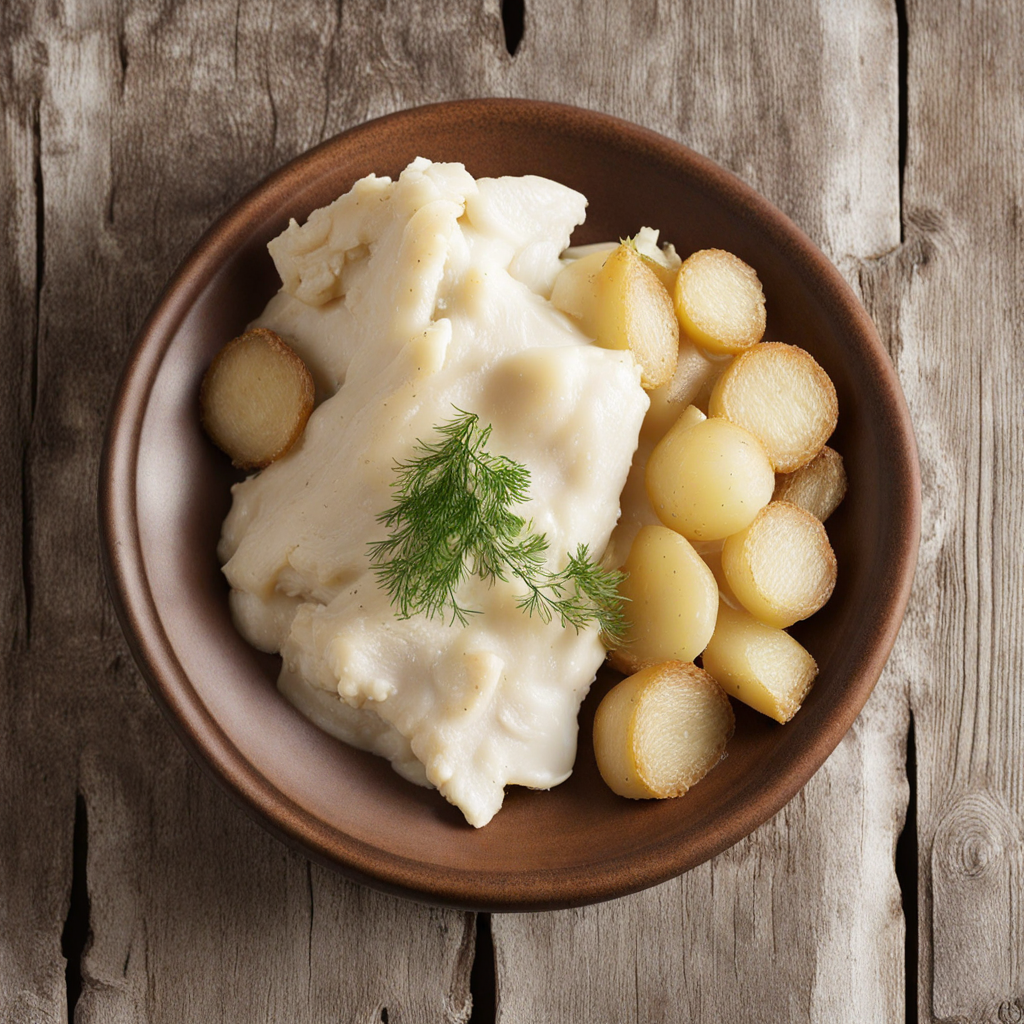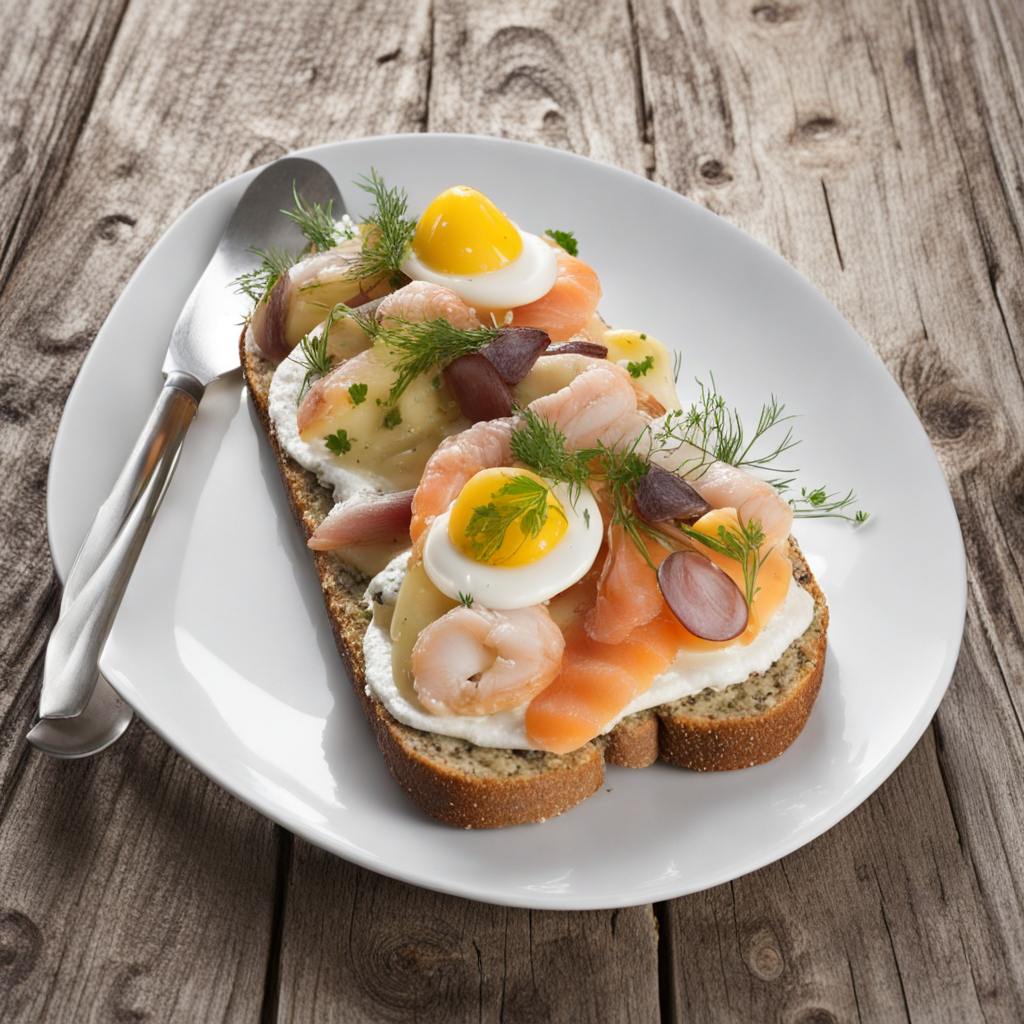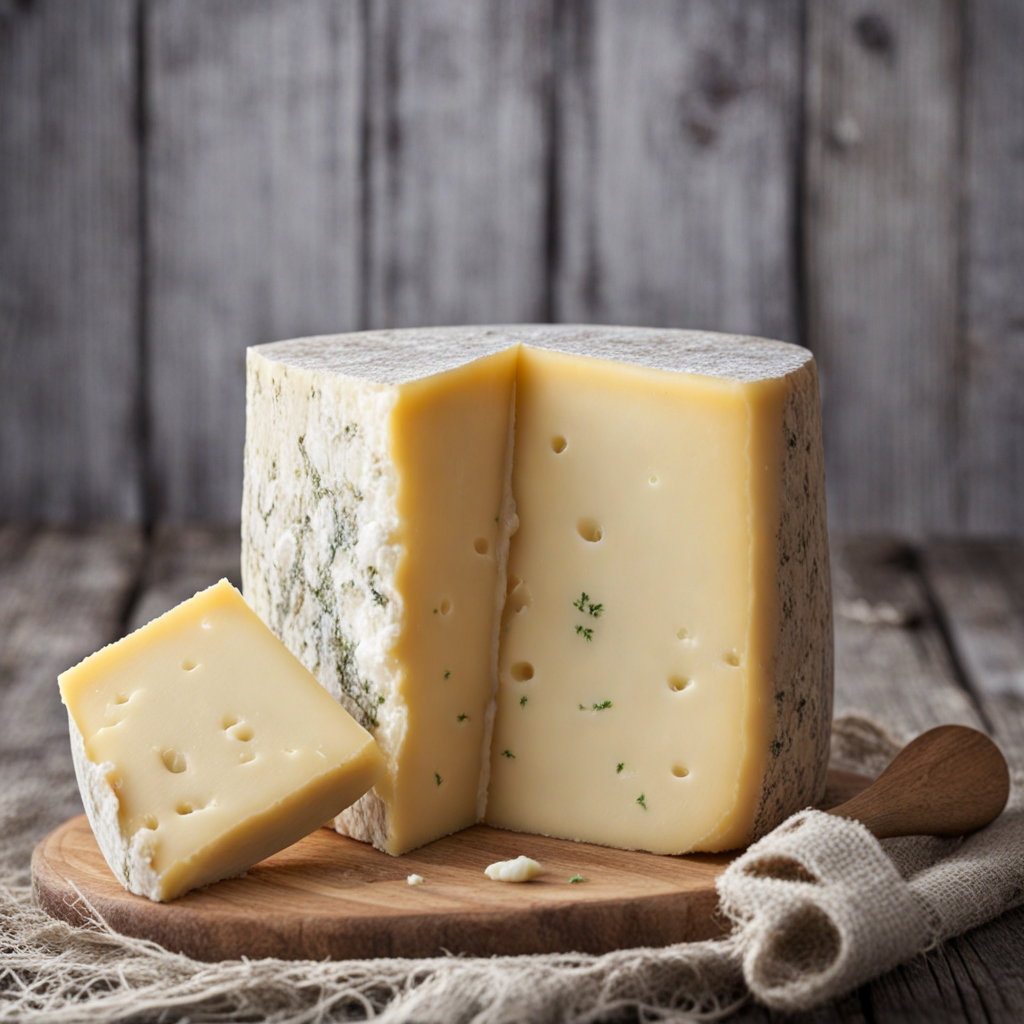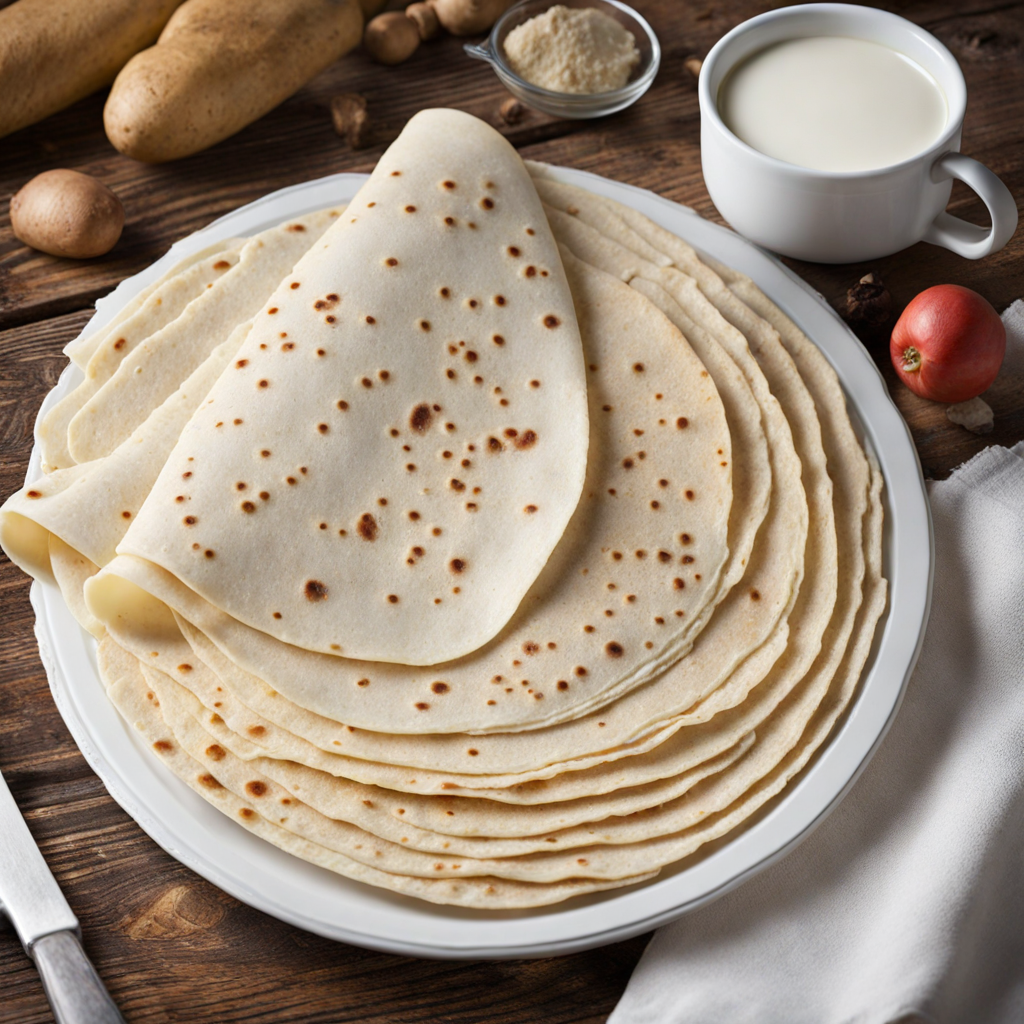Spekemat
Spekemat is a delightful Norwegian delicacy that showcases the rich traditions of preserving meats. This dish typically consists of an assortment of cured meats, including various types of dried and salted ham, sausages, and other preserved cuts. Each piece is a testament to the artisanal methods practiced in Norway, where the cool climate and natural resources have allowed for centuries of perfected meat curing techniques. The result is a symphony of flavors, from the savory depth of the meats to the subtle hints of spices used during the curing process. One of the standout features of Spekemat is its presentation, often served on a wooden platter alongside traditional accompaniments. You might find it paired with soft, creamy cheeses, fresh breads, and pickled vegetables, which all enhance the taste experience. The combination of textures—from the chewy, air-dried meats to the crispness of the accompanying sides—creates a well-rounded dish that invites exploration. Each bite offers a new layer of flavor, revealing the complexity of the curing process and the quality of the ingredients used. Enjoying Spekemat is not just about eating; it's about embracing a cultural experience. Traditionally, it is often served during festive occasions and gatherings, promoting a sense of community and shared enjoyment. The flavors evoke the rugged landscapes of Norway, making it a unique culinary journey. For anyone looking to expand their palate, Spekemat is an opportunity to taste the heart of Norwegian cuisine, where simplicity meets sophistication in the most delicious way.
How It Became This Dish
The History of Spekemat: A Norwegian Culinary Tradition Spekemat, a cherished component of Norwegian cuisine, represents the rich tapestry of Norway's agricultural heritage, regional diversity, and the ingenuity of its people in food preservation. This traditional dish, which translates to "cured meat," encompasses a variety of salted and dried meats, primarily from pork, but also from lamb and beef. Spekemat is not merely a food item; it embodies centuries of tradition, cultural significance, and adaptability that reflect the Norwegian way of life. #### Origins of Spekemat The roots of spekemat can be traced back to the early medieval period in Norway, where the harsh climate and rugged terrain made food preservation a necessity for survival. With long winters and limited access to fresh produce, Norwegians relied heavily on methods such as salting, drying, and smoking to ensure that their food lasted throughout the cold months. The earliest forms of spekemat likely emerged from these practical needs, with farmers and families experimenting with various techniques to cure meat. The traditional methods of curing meat were often passed down through generations, leading to regional variations that reflect local resources and tastes. Each family would have its own recipes, often guarded closely, leading to a rich diversity of flavors and techniques across Norway's different regions. For instance, in the mountainous areas, lamb was more commonly used, while coastal regions might favor fish and other seafood as part of their preserved food repertoire. #### Cultural Significance Spekemat is deeply woven into the fabric of Norwegian culture. It plays an essential role in various celebrations and gatherings, from Christmas feasts to weddings and communal festivities. During the holiday season, spekemat is often featured prominently on the table, accompanied by traditional sides such as flatbread, cheeses, and pickled vegetables. It is not just a meal; it is a symbol of hospitality and the sharing of heritage. In addition, spekemat is celebrated for its connection to the Norwegian landscape. The act of curing meat often coincides with the seasonal rhythms of agricultural life, marking the end of the harvest season and the preparation for the winter ahead. The flavors of spekemat, infused with herbs and spices unique to different regions, reflect the natural bounty of Norway’s environment. #### Development Over Time As Norway transitioned from a primarily agrarian society to a modern nation, the methods and perceptions surrounding spekemat also evolved. The Industrial Revolution brought advancements in food production and preservation, leading to changes in how spekemat was made and consumed. While traditional methods remained popular, new technologies allowed for greater consistency and commercial production. In the 20th century, especially post-World War II, Norway saw a shift toward convenience foods and industrially produced meats. However, the latter part of the century also ushered in a renewed interest in traditional foods, spurred by the slow food movement and a growing desire to connect with culinary heritage. As a result, artisanal spekemat made a comeback, with local producers emphasizing traditional practices, high-quality ingredients, and sustainable farming methods. The resurgence of spekemat has also been tied to a broader cultural movement in Norway that values local and organic foods. Farmers' markets and specialty food shops began to flourish, showcasing locally produced spekemat alongside other traditional Norwegian foods. The emphasis on quality over quantity has led to a new appreciation for the craftsmanship involved in making spekemat, with producers often sharing their stories and methods with consumers. #### Regional Variations Spekemat is not a monolithic dish; rather, it embodies the regional diversity of Norway. Each area has its own specialties based on local traditions and available resources. For example, in the western fjords, spekemat may include cured lamb known as "fenalår," which is often served thinly sliced. In the northern regions, reindeer and other game meats might be featured more prominently, reflecting the indigenous Sami culture and their relationship with the land. The preparation of spekemat can also vary significantly. Some traditional methods involve dry curing, where the meat is salted and air-dried, while others may include smoking, which adds a distinct flavor profile. Spices such as juniper berries, pepper, and garlic are commonly used, and the choice of ingredients often reflects the personal touch of the producer or family recipe. #### The Modern Era Today, spekemat continues to hold a significant place in Norwegian society. It is widely available in grocery stores and specialty shops, but the artisanal producers who practice traditional methods have carved out a niche market. Festivals celebrating Norwegian food culture often feature spekemat prominently, allowing people to sample various regional specialties and learn about the history and significance of the dish. In recent years, spekemat has also gained recognition beyond Norway's borders. As global interest in traditional and artisanal foods grows, spekemat has found its way into international culinary scenes. Chefs and food enthusiasts are increasingly interested in incorporating this unique cured meat into their dishes, celebrating its distinct flavors and textures. Moreover, the environmental and ethical considerations surrounding food production have led to a renewed focus on locally sourced and responsibly produced spekemat. Consumers are becoming more conscious of where their food comes from, and many are eager to support local producers who uphold traditional practices. #### Conclusion Spekemat is more than just a dish; it is a living testament to Norway's history, culture, and connection to the land. From its origins as a practical solution to food preservation to its current status as a symbol of culinary heritage and regional pride, spekemat encapsulates the resilience and creativity of the Norwegian people. As it continues to evolve, this beloved tradition serves as a bridge between past and present, reminding us of the importance of food in shaping our identities and communities. In every slice of spekemat lies a story—a story of survival, celebration, and the deep-rooted connection between people and their food.
You may like
Discover local flavors from Norway







